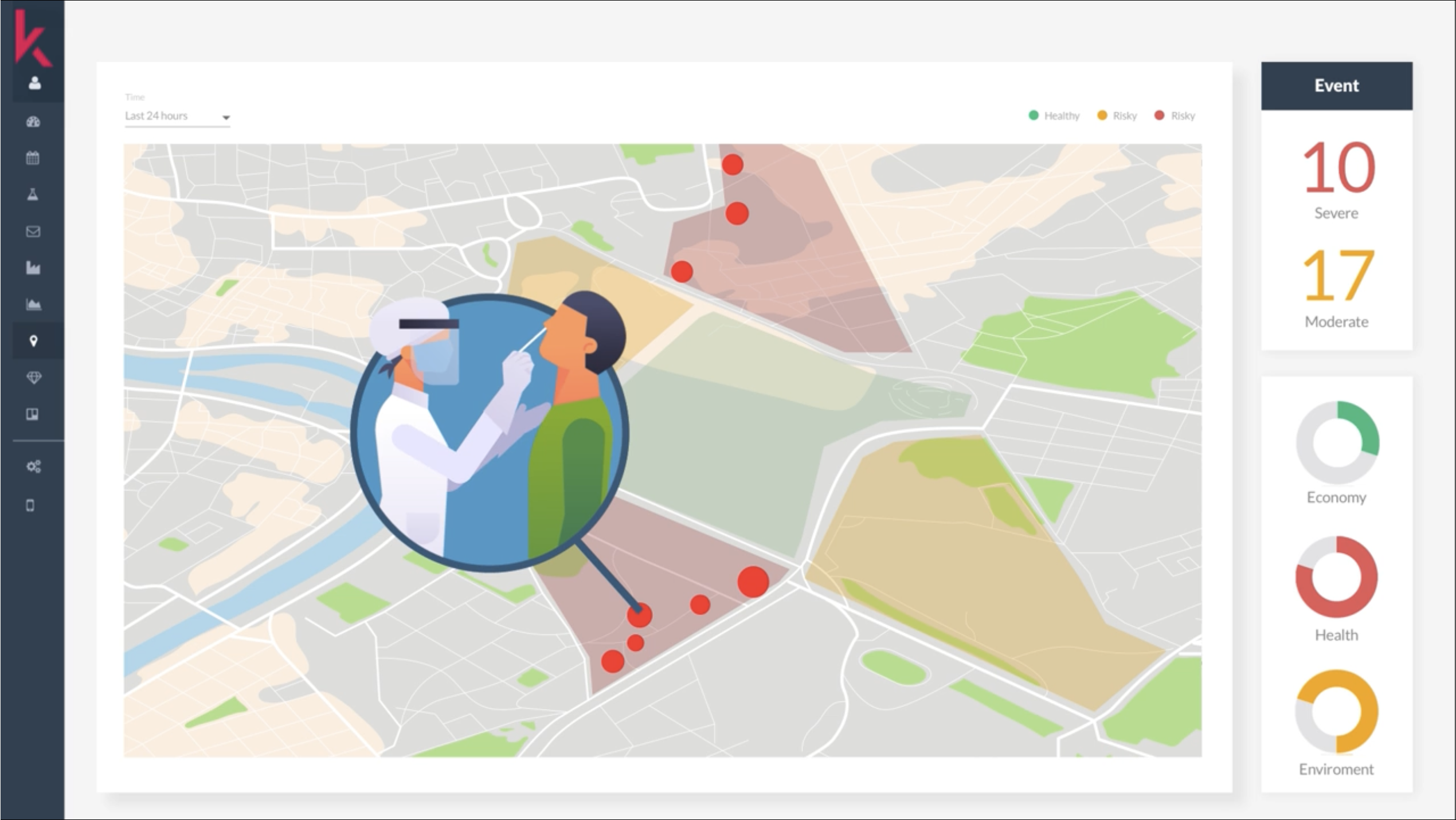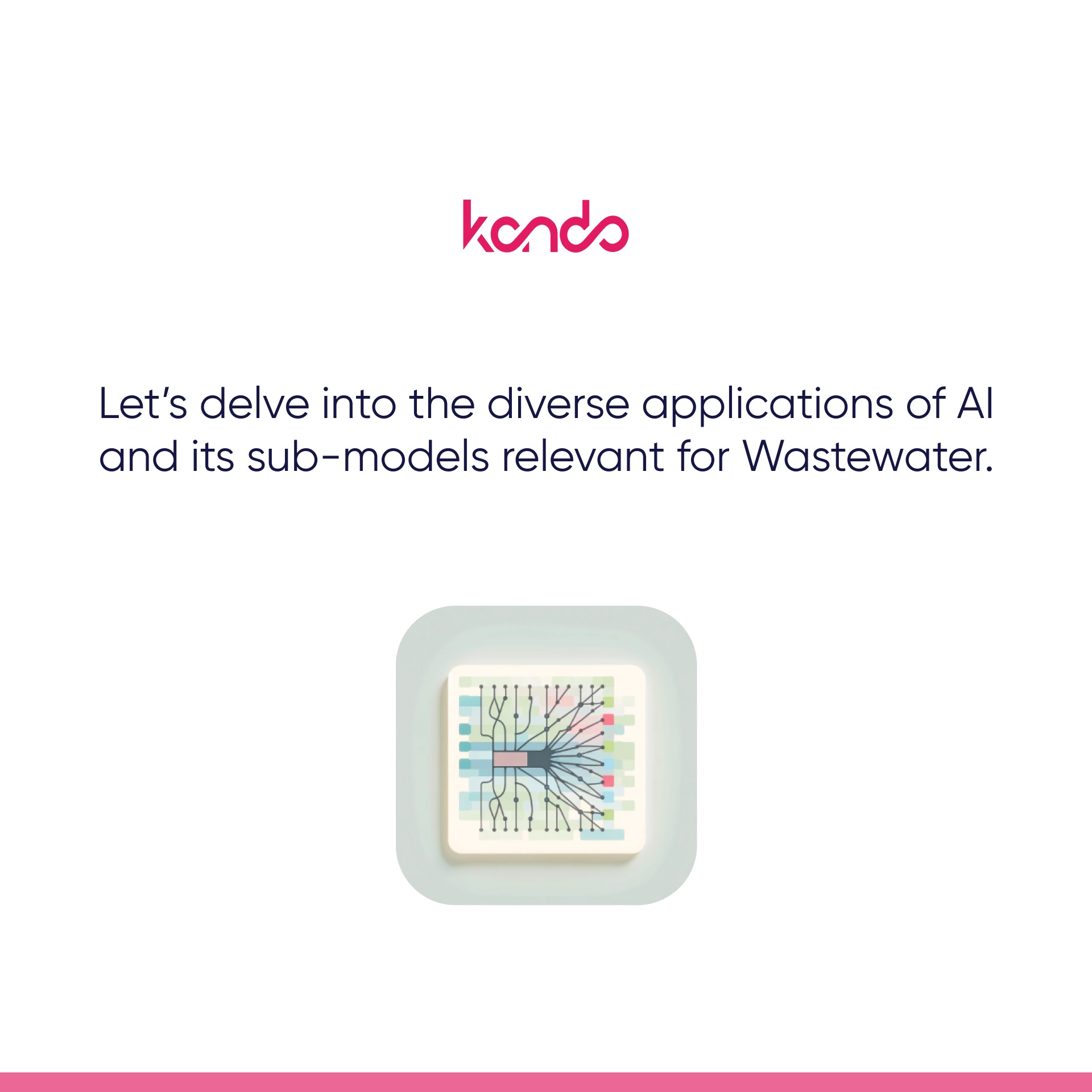Admin
March 10, 2022
The data that’s turning wastewater-based epidemiology into a public health necessity


With COVID-19, finding tools to enable a safe return to normalcy has become a global priority. Wastewater-based epidemiology has the potential to provide detailed oversight of entire communities’ wellbeing, supporting dynamic responses to ever-changing conditions. With Kando’s data technology, that potential becomes a valuable reality.
Let’s start with a couple of easy questions.
What’s the golden ticket for public health policy makers? What’re the everyday problems they face that make their jobs harder, and what do they need to overcome them?
Okay, so ‘easy’ might’ve been a stretch but I promise the answers aren’t so complicated.
It all comes down to a want of, and need for, reliable information. Access to data they can trust and that reflects the real-world conditions they’re working so hard to tackle.
As with anything, knowing the variables you’re dealing with is essential if you’re going to solve a problem effectively and, when you’re trying to shape strategies and responses that impact the health of millions, there are a lot of variables to consider.
If this need wasn’t clear before the COVID-19 pandemic, it sure is now.
Thankfully, there are reliable sources of data that can provide exactly the insights policy makers need, and with recent developments, those insights are more accessible than ever.
More often than not, they’re flowing right beneath your feet.
Wastewater-based Epidemiology (WBE)
During the COVID-19 pandemic, testing has formed a vital part of determining responses to the virus’ spread and the emergence of new variants.
Standard, individual testing, while effective in finding specific instances of disease, is unlikely to be either coordinated or complete enough to support anything even approaching ‘total’ oversight over a community’s infection profile.
Wastewater testing, on the other hand, can provide that total oversight. It can do so without needing individuals to actively engage in the testing process, even while preserving individual privacies.
Without needing to dwell on the details, if our bathrooms are connected to centralized wastewater collection systems, each of us contributes huge quantities of health-related data to sewers every day.
Wastewater samples taken from these collection networks can offer valuable insights into the prevalence of multiple health indicators – including the presence and load of SARS-CoV-2, the virus responsible for COVID-19 – across a catchment area.
With SARS-CoV-2, PCR testing of wastewater can determine the presence and prevalence of community infection rates up to six days earlier than conventional clinical testing, with gene sequencing techniques simultaneously able to identify new variants.
With these insights, policy makers and healthcare authorities can focus their efforts where it’s needed most, maximizing the effectiveness of interventions, and limiting the negative impacts of any necessary restrictions.
That said, the insights educed from WBE programs are only as valuable as the supporting data.
Most WBE systems are fundamentally flawed.
The most commonly deployed structures operate with sample collection programs that extract wastewater at central treatment plants. While these may maximize the catchment area covered by a single sample, they render a huge amount of potentially vital data inherently inaccessible.
Similarly prevalent are programs that simply take samples to a set timetable each day, potentially compromising an entire WBE program with misleading reporting.
Far more robust and valuable, are systems that support condition sensitive sampling from multiple points around a collection network, such as the service offered by Kando.
WBE 2.0
By continuously monitoring wastewater conditions at a sampling point, Kando’s platform automatically determines when a change in effluent composition might impact the quality of a sample.
Is there more effluent than normal, potentially diluting the sample? Has there been a change in chemical composition that might damage any organic indicators, rendering the sample unrepresentative?
If conditions are unfavorable for an accurate sample, Kando’s system automatically delays its being taken, ensuring the integrity of any subsequent lab analysis.
Kando’s system also benefits from drawing from multiple data collection points around client networks, enabling the system to pinpoint and describe hotspots, and mapping the emergence and concentration of key public health concerns.
Data from Kando’s system can therefore tell a much fuller story of how a health event is developing: how disease cases may be spreading, when new concerns emerge, and when policies need to be adjusted to insulate particular populations or facilities.
Kando’s platform can indicate where and when outbreaks emerge and estimate their intensity by combining sample analytics with localized demographic data.
Married to WBE’s inherent benefit of identifying public health events long before clinical testing, Kando’s optimized data collection platform provides decision makers with the information they need to respond to, and plan for, rapidly changing circumstances.
Coordination at Scale
One of the key strengths of Kando’s approach is that it can be scaled to indicate health conditions across specified areas of any size – from a single hospital or retirement home, to a whole country or state.
In Israel, Kando’s solution currently provides live WBE data to the Ministry of Health from every population centre with 20,000 inhabitants or more, supporting data-driven responses, and fuelling the country’s COVID-19 data dashboard.
Using a single common data capture, analysis, and communications platform across the whole country, findings from different localities can be genuinely comparable, supporting coordinated actions across the whole country.
Beyond COVID – a whole new approach to public health
Accurately profiling and pinpointing COVID-19 outbreaks is only one of the possible applications for WBE, and Kando’s solution is flexible enough to support them all with minimal development.
WBE is not a novel concept and analyzing new indicators could be key to smart public health coordination and policy going forward.
Technologies already exist that are capable of identifying influenza and polio in wastewater samples. Profiling and understanding the rising prevalence of methamphetamine and opioid use in the United States is also a focus, as are vitamin deficiencies, nutrition profiling, obesity levels and stress.
We’re only at the beginning of what’s possible with WBE, but no matter what we’re looking for, our findings are only as good as the samples we’re using for analysis.
With smart support systems in place to identify when wastewater conditions are right, we can maximize the potential value of our wastewater data, see issues developing before they become problems, and build response systems using that most precious resource: reliable information.
*
Interested to learn more?


at the Public health Conference, March 21-23, Cincinnati in Ohio | Booth 103
Your wastewater contains the data.
We just need to extract it so that you can optimize your operations.
Contact us and a member of our team will get back to you as soon as possible.



